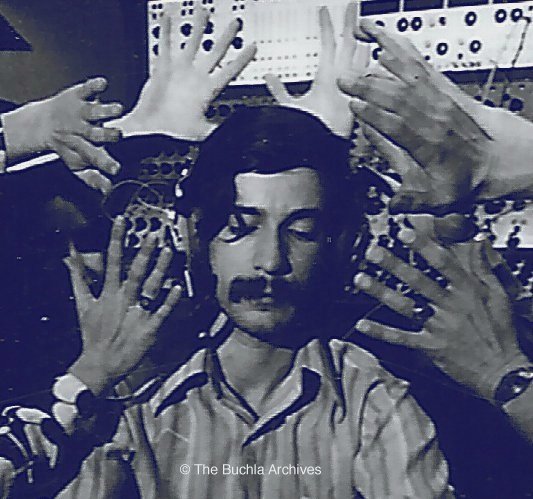Don
Donald Buchla was among the last of the originals. He was an artist obsessed with innovation and had no interest whatsoever in imitation.
Buchla made a conscious effort to avoid unnecessarily repeating the past, even including his own past approaches. With each new instrument, he either 1) pushed one of his older instruments’ concepts forward into new territory, or 2) implemented new ideas altogether. He considered his own work to be experimental: he constantly explored new concepts as a way of learning what unknown artistic possibilities and modes of thinking they might offer.
Buchla didn’t see a point in pursuing a project if it had already been done. He enjoyed existing around the fringes of music, art, and technology, and consciously avoided current fads and the demands of the market. Notably, he was known to drop projects—even projects which had already seen extensive work—if he felt that they were too similar to new developments from other instrument designers. He once told me that if others were doing it, then it was too obvious—”not looking forward enough.”
Buchla enjoyed learning about and exploring modern techniques, both in his designs and their production. Looking closely at the evolution of his work, you will see that he refused to rest on his laurels, constantly revising and condensing his ideas with each iteration across his many decades as an artist and instrument designer. He developed new technologies where most would rely on extant solutions; he re-designed hardware around a unified-yet-evolving idea rather than directly copying even his own past work.
This important legacy is protected by all the artists who share these qualities and who struggle to move forward against wave after wave of corporate reissues and copies designed to cash in on hype and nostalgia.
It has been suggested—and it bears repeating—that people who wish to understand more about Don Buchla and his philosophies should perhaps look to sources of information outside of the “official channels.” Read about the counterculture and their disinterest in branding, logos, and signaling with corporate swag. Once, I suggested that Don explore these things. He explained his thoughts, and it opened my eyes to how it is possible to pursue your own vision and find success in the work—not in the amount of followers you have, fortune they give you, or the number of units you sell.
Look forward, be unique.
RS/RG
